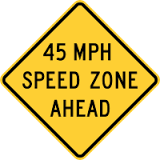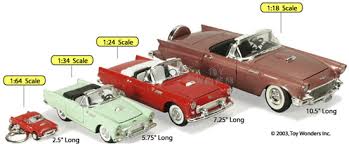Overview
A rate compares 2 quantities that have different types of units, such as kilometers per hour or miles per gallon. A ratio compares quantities with the same type of units by dividing the quantity in the numerator by the quantity in the denominator, as in a fraction. A proportion states that 2 ratios are equivalent, such as 3/6 = ½.
Rates
Rates are often used when calculating a relationship between 2 different types of measurements. For example, a mile is a measure of length or distance, and a gallon is a measure of volume. A question such as “How many miles per gallon does the new car get?” really asks “How long of a distance per gallon can the new car travel?” That is important, because it is an indirect estimate of how much it will cost the owner to operate the car. Suppose the car gets 30 miles to a gallon, and its tank has a capacity of 11 gallons. That means that it can travel about 330 miles on a tank of gas. The mileage per gallon is often an important selling point for new cars.
Ratios
While a rate compares different types of units, a ratio compares the same types of units in a fraction. In symbol language, a ratio can be written as a: b or a/b, when b is ≠ 0. Suppose that the sale price is 40% off the regular price, and the regular price is 20.00. 40% of $20.00 is $8.00, so 20-8 = $12.00.
Proportions
Ratios and proportions are closely related, because a proportion is simply an equation of two ratios. One of the ways to estimate a ratio is by using proportions. In finding a value for the sale price, several different properties were used. If the regular price were $20.00, 40% of that price would also be equal to 4(10%), and 10% of $20.00 is $2.00. So 4($2.00) = $8.00, and $20.00 -8.00 = 12.00. Similarly, $20.00/1 times 40/100 = 800.00/100, or $8.00. In that example, all the values are known. If one value is unknown, a proportion can be solved by using cross products, so that 8/20 = 40/100. In this case, 20·40 =800, and 8·100 =800. In algebraic language, If a/b =c/d, and b≠0; d ≠0, then ad =bc.
Scale
Scale drawings and scale models use ratios and proportions in 2 and 3 dimensional applications. Suppose a map has the scale ¼ in = 10 miles. It is about 2 ¾ in between 2 cities in a state. In other words, ¼ /11/4 or 1/11 = 10x or x = 110. Similarly, many scale model vehicles are made on a scale of 1:18, so that anything that is 2 inches long on the model will be 2(18) or 36 inches long on the real thing.
Interested in math tutoring services? Learn more about how we are assisting thousands of students each academic year.
SchoolTutoring Academy is the premier educational services company for K-12 and college students. We offer tutoring programs for students in K-12, AP classes, and college. To learn more about how we help parents and students in Prince Albert, SK: visit: Tutoring in Prince Albert, SK




